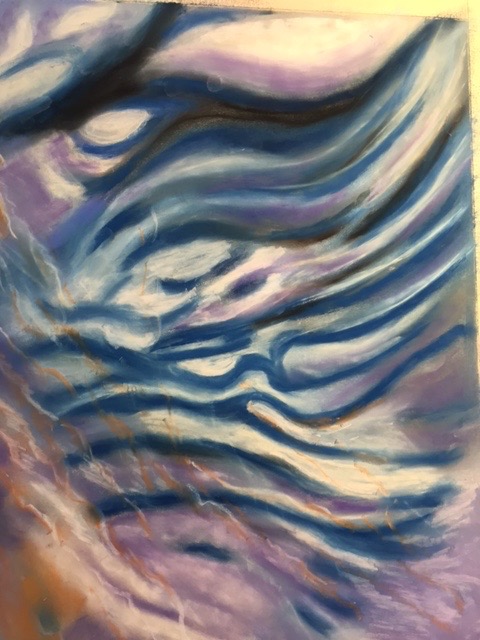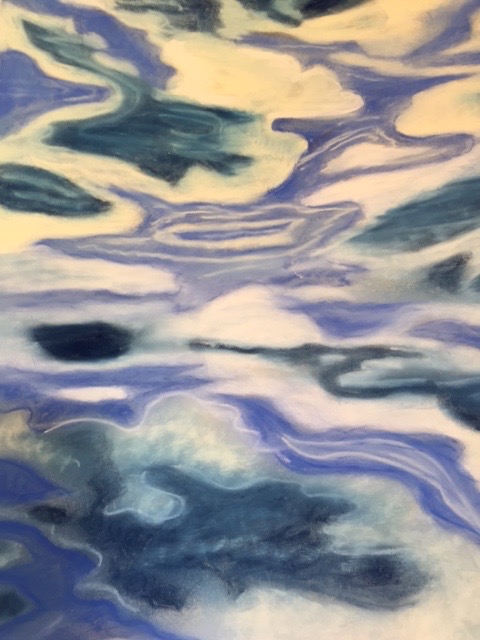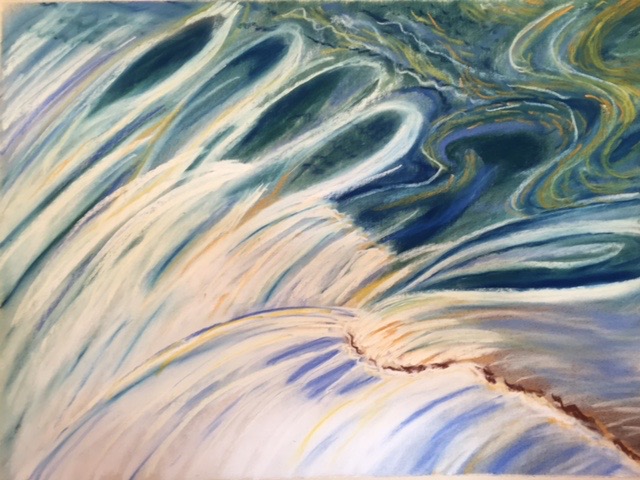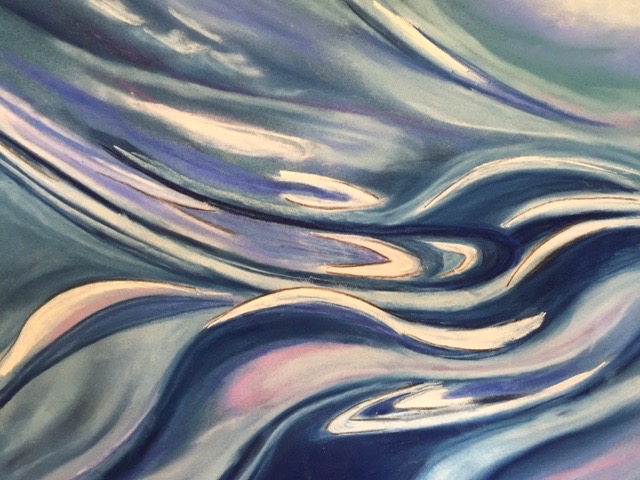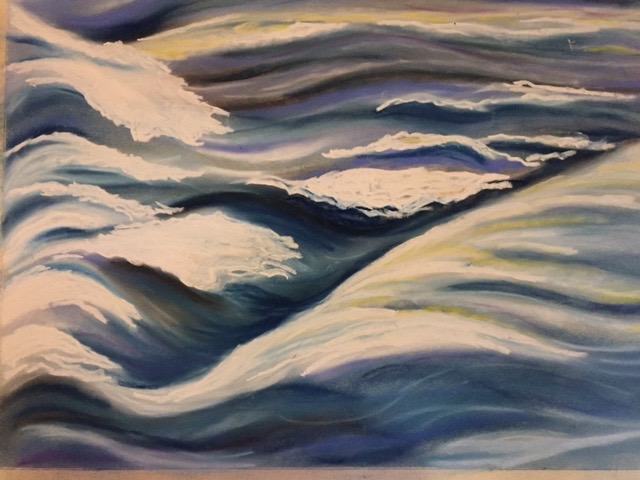By Drena Griffith
“People are absolutely worthless,” the young man said with fierce eyes. “Total f--ng scum. Nearly everyone in this world if given the choice would willfully inflict pain upon others for their own selfish gain.”
Surprised by this high school senior’s opinion of humanity? He is the best friend of a student I teach, a very likable, intelligent young adult with definitive and surprising opinions about topics ranging from net neutrality to politics (he’s a Libertarian) to the best way for the US to handle the situation in the Middle East. He grew up on the west coast attending parties with the well-known and wealthy. And he attends a private religious high school, though he’s definitely not a believer--thinks religion is a Ponzi scheme, actually. Once he shared his strong views on humanity with a teacher at his school and she, alarmed and suspicious,made him take an implicit bias test online. His responses showed no bias, he told me (hers, however, did--which brought him great validation.) His belief is pure and untainted by selective disregard--he holds all of humanity equally, on the bottom rung.
I share these details to paint a picture of this nameless eighteen year old walking around in our world. On the outside, he jokes and smiles. He’s not dripping with evangelical guilt and shame. From an upper middle class family, he has seen the best and the worst that life has to offer--and somehow the worst has stuck. And sadly, he is not alone in believing that humans are worthless.
He could be driving the car passing us in the left lane. He could be our son or grandson. He is helping to create our future.
In some ways, his dissatisfaction amplifies a moral dilemma: at its core, Incarnational Spirituality holds that to be a human being on Earth is a sacred calling. At our core we have an ability to shape and transform experience--to birth dreams as powerful and transforming as stars. An orientation to our potential, rather than to our myriad failures, can in and of itself reveal much about our inherent sacredness. Yet it’s one thing to believe in the potential of human life in a meditative stance and quite another to communicate that message to others in the world, especially when the machinery of the world diminishes people in general in order to sell us products and services to help us cope with our imperfection.
For many at Lorian, that challenge itself seems existential: Self light, sovereignty, holopoiesis (wholeness)…these are not simple concepts. They are terms embodying a lived experience that lies beyond the realm of the language entrusted to convey them. For many of the founders of Lorian especially, the subtle reality, a world that all terminology mirrors darkly, is the only reality they know and have ever known. Disenchantment and other trappings of worthlessness perhaps visited but never quite made a cave in their consciousness. It’s not that they take for granted that human life has intrinsic value. Of course it does--that’s the reality. May it be so for all--but it clearly isn’t so for many.
Even in my administrative role at Lorian I hear from those for whom human life seems a prison, as they seek teachers in order to overcome their limitations. Or they look toward alliances in the subtle world (or gurus who can more easily move through those realms) because they believe that ascended masters and otherworldly beings have something that we humans do not. That other world--with its faeries, disembodied spirits and other glamorized beings-- holds the beauty, the mystery. At its worst, our world is a penal colony located a short walking distance from hell; at its best, it’s an alternative school with a lifetime of lessons and opportunities to “evolve” so that, when we finally “graduate”, we get to go somewhere else next time!
These are, of course, extreme examples. More commonly found on this path are the gently detached, ones who’ve endured varying degrees of isolation and ostracism to be their real selves (because belief in subtle reality in general seems so far afield by mainstream standards). It took so much energy to break the mold in the first place--what’s left to remold what’s been lost? Compared to skeptical relatives and polite acquaintanceships, subtle colleagues are much easier to work with. Even metaphysics is not immune to the disenfranchisement of humanity.
For those who come to Incarnational Spirituality to affirm their belief in subtle realms, they often desire to advocate for unseen voices unable to directly speak to the impact our day to day human decisions have on all sentient beings who call this Earth home. But as advocates overall of an approach to life, an awareness, that values the individual as we do, I wonder how much easier it would be to support a shift in consciousness toward the subtle worlds if we also simultaneously fostered dialogue that encouraged people to reconsider the way they feel about their ordinary lives.
How does that self-light inherently within sustain itself and become bright enough to see oneself by in the day by day reality of life in a harsh world? How does that inner light become bright enough to guide those walking on conflict-torn streets or wrestling with the paradoxes of life on Earth and finding themselves drifting to extremes to cope?
Which leads me back to the face of the broken hearted young man--who would no doubt object to being called broken hearted. He strongly believes that he has a firm grasp on the way life really is. Is he right?
If anyone has been paying attention--as I’m sure we all are--there are not enough words to describe how right he seems. An understatement—things are really bad! We’re fighting openly on all fronts now--ecological, political, social, ideological…Reminding the world who she inherently is--reminding human beings who we really are--it’s not a task for subtle beings. It is a task for wounded healers, for those that life has broken completely open who will say yes to loving the world anyway. And ground that love into actions that both mirror and sustain the worlds without and within. It’s a task for those who have truly connected with and embraced this most basic human truth--human life is divine life--and who can remember this and hold fast to their own inner truth while also loving their feet in the soot.
As the leader of the Native Lodge I attend recently told me, it’s the people in the darkness that most need to see others’ light. Those called must trust their own light enough to enter the dark. They must have focus and patience--they must remember the purpose of light.
In 1972, speaking at the Toronto Youth Corps in 1972, world renowned psychiatrist and author Viktor Frankl vividly shared his philosophy on the value of humanity that still resonates for me today: “If we take man as he really is, we make him worse. But if we overestimate him …you know what happens? We promote him to what he really can be. So we have to be idealists, in a way, because then we wind up as the true, the real realists…”
Imprisoned in Nazi death camps during World War II, losing most of his family and nearly his own life there, Viktor Frankl’s work in the world afterward truly embodied the spirit of remembering our highest selves in spite of--perhaps even because of--the odds against us. He endured an atrocity exposing the worst humanity was capable of at that time--and walked away believing that the spark of light he called “meaning” could redeem and help us reclaim our sanity, wholeness and basic goodness.
Perhaps the spark within the young student whose story introduces this piece will yet emerge through the circumstances influencing his perspective. (For those who may be curious, he and I may soon sit down to discuss and share our different views on humanity. I’ll let you know how it goes.)
Views from the Lorian Community publishes essays from a team of volunteer writers expressing individual experiences of a long term, committed practice of Incarnational Spirituality (and the general principles shaping such a practice.) Views expressed do not necessarily reflect the sentiments or thoughts of any other person in Lorian or of Lorian as a whole. If you would like to subscribe, please visit our website and click on Follow Our Blog Via Email. Or email the editor:drenag@lorian.org.





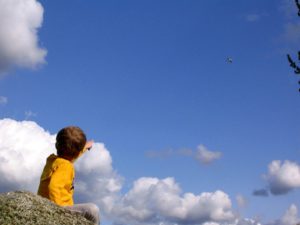



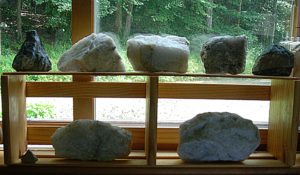

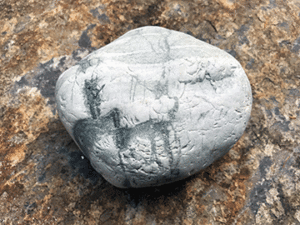 During my apprenticeship to a shaman, I learned how to journey into the non-ordinary reality of the lower, middle, and upper worlds where I met with power animals, nature spirits, deities, and all manner of beings for which I had no name. My first attempts were tentative yet soon enough I was surprised by some very real alternate realities. When going to the upper world for the first time, I expected to see ethereal castles and cloud cities. I thought I’d meet austerely other-worldly teachers. Instead, I wandered as though in a fog and began to worry that I would fail to see anything. Suddenly, I found myself in the presence of an old crone of a woman with wild hair and wilder eyes. I appeared to have startled her. She turned from something she was working on, took one look at me, and yelled in consternation “Go talk to
During my apprenticeship to a shaman, I learned how to journey into the non-ordinary reality of the lower, middle, and upper worlds where I met with power animals, nature spirits, deities, and all manner of beings for which I had no name. My first attempts were tentative yet soon enough I was surprised by some very real alternate realities. When going to the upper world for the first time, I expected to see ethereal castles and cloud cities. I thought I’d meet austerely other-worldly teachers. Instead, I wandered as though in a fog and began to worry that I would fail to see anything. Suddenly, I found myself in the presence of an old crone of a woman with wild hair and wilder eyes. I appeared to have startled her. She turned from something she was working on, took one look at me, and yelled in consternation “Go talk to  Here on Whidbey Island, I go for walks in a Buddhist nature reserve known as the Earth Sanctuary where they have created a standing-stone circle using slabs of Columbia Gorge basalt. I walk the circle, greeting each stone. Every time I perform this ritual, I am struck by a peculiar sensation when touching the stone slabs. I feel the exact opposite of grounded and immobile stability. I feel a watery current, a rushing and waving motion moving through dark space. Some of the standing stones convey this energetic feeling more strongly than others; with one, the sensation is quite strong ( the 11th in the circle proceeding clockwise). It reminds me of the flying sensation I experienced with the stone in Ireland. I can journey to stones at a distance, but the physical touching of stone is precious to me.
Here on Whidbey Island, I go for walks in a Buddhist nature reserve known as the Earth Sanctuary where they have created a standing-stone circle using slabs of Columbia Gorge basalt. I walk the circle, greeting each stone. Every time I perform this ritual, I am struck by a peculiar sensation when touching the stone slabs. I feel the exact opposite of grounded and immobile stability. I feel a watery current, a rushing and waving motion moving through dark space. Some of the standing stones convey this energetic feeling more strongly than others; with one, the sensation is quite strong ( the 11th in the circle proceeding clockwise). It reminds me of the flying sensation I experienced with the stone in Ireland. I can journey to stones at a distance, but the physical touching of stone is precious to me. It’s been years since I learned shamanic practices. Later, discovering incarnation spirituality, I realized a key difference between the two approaches to journeying or attunement. In shamanic journeying, I learned to leave the body behind. My consciousness departs the surrounding environment to enter a full-on trance state. Incarnational spirituality, with its joyous acknowledgement of embodiment, encourages me to involve my whole self. I retain awareness of my body and invite my environment to accompany me in fellowship. Thus, the touching of stones physically carries a powerful charge for me, as it works on a Gaian wavelength.
It’s been years since I learned shamanic practices. Later, discovering incarnation spirituality, I realized a key difference between the two approaches to journeying or attunement. In shamanic journeying, I learned to leave the body behind. My consciousness departs the surrounding environment to enter a full-on trance state. Incarnational spirituality, with its joyous acknowledgement of embodiment, encourages me to involve my whole self. I retain awareness of my body and invite my environment to accompany me in fellowship. Thus, the touching of stones physically carries a powerful charge for me, as it works on a Gaian wavelength.








 We Americans have just passed through "The Great American Eclipse”. It was a dramatic name for a dramatic event. Like most of the country, I waited eagerly for 10:20 AM to arrive in Seattle. It was awe-inspiring.
We Americans have just passed through "The Great American Eclipse”. It was a dramatic name for a dramatic event. Like most of the country, I waited eagerly for 10:20 AM to arrive in Seattle. It was awe-inspiring. The shadow of the moon imposed an unusual darkness during the daylight, a darkness that unexpectedly brought things up to be examined. As we enter times of darkness when things go bump in the night, we may find ourselves confronting those things which hide inside us from the light of day. They may sneak up on us, taking us by surprise as I was, or they may erupt suddenly and forcefully. For me, this grief for my world in the grip of so much violence has always been there, but I manage to keep it under the bed so that I can function in my day. The eclipse and Frank Reynolds brought it back into the light of my consciousness.
The shadow of the moon imposed an unusual darkness during the daylight, a darkness that unexpectedly brought things up to be examined. As we enter times of darkness when things go bump in the night, we may find ourselves confronting those things which hide inside us from the light of day. They may sneak up on us, taking us by surprise as I was, or they may erupt suddenly and forcefully. For me, this grief for my world in the grip of so much violence has always been there, but I manage to keep it under the bed so that I can function in my day. The eclipse and Frank Reynolds brought it back into the light of my consciousness. There's still time to join Julie Spangler for
There's still time to join Julie Spangler for  I have had a meditation and spiritual practice for almost 40 years. Mostly it’s been a private thing, central to my sense of self and informing my activities in the outer world, but never overt. In many ways, my experiences of the “inner” and “outer” worlds had felt like very different, if not opposing forces in my life. Two summers ago, I was ordained as Lorian Priest. I saw ordination as a way to reconcile these worlds.
I have had a meditation and spiritual practice for almost 40 years. Mostly it’s been a private thing, central to my sense of self and informing my activities in the outer world, but never overt. In many ways, my experiences of the “inner” and “outer” worlds had felt like very different, if not opposing forces in my life. Two summers ago, I was ordained as Lorian Priest. I saw ordination as a way to reconcile these worlds. I studied General Systems Theory in college as part of learning about the relationship between conflict and cooperation. One of the most useful things I learned from it, something that helped me immensely as a mediator, was that conflict and cooperation are partners in the movement towards wholeness. It describes the transitional zone between chaos and order as a place of great power and sensitivity, where the least influence can have enormous impact and result in a domino effect for good or ill. The influence that helps a system in flux settle into a new pattern is known as a “strange attractor” or seed crystal. A seed crystal is an anchor, precipitating change in a system wavering between outcomes. The quality of that little crystal can determine the quality of the outcome.
I studied General Systems Theory in college as part of learning about the relationship between conflict and cooperation. One of the most useful things I learned from it, something that helped me immensely as a mediator, was that conflict and cooperation are partners in the movement towards wholeness. It describes the transitional zone between chaos and order as a place of great power and sensitivity, where the least influence can have enormous impact and result in a domino effect for good or ill. The influence that helps a system in flux settle into a new pattern is known as a “strange attractor” or seed crystal. A seed crystal is an anchor, precipitating change in a system wavering between outcomes. The quality of that little crystal can determine the quality of the outcome.